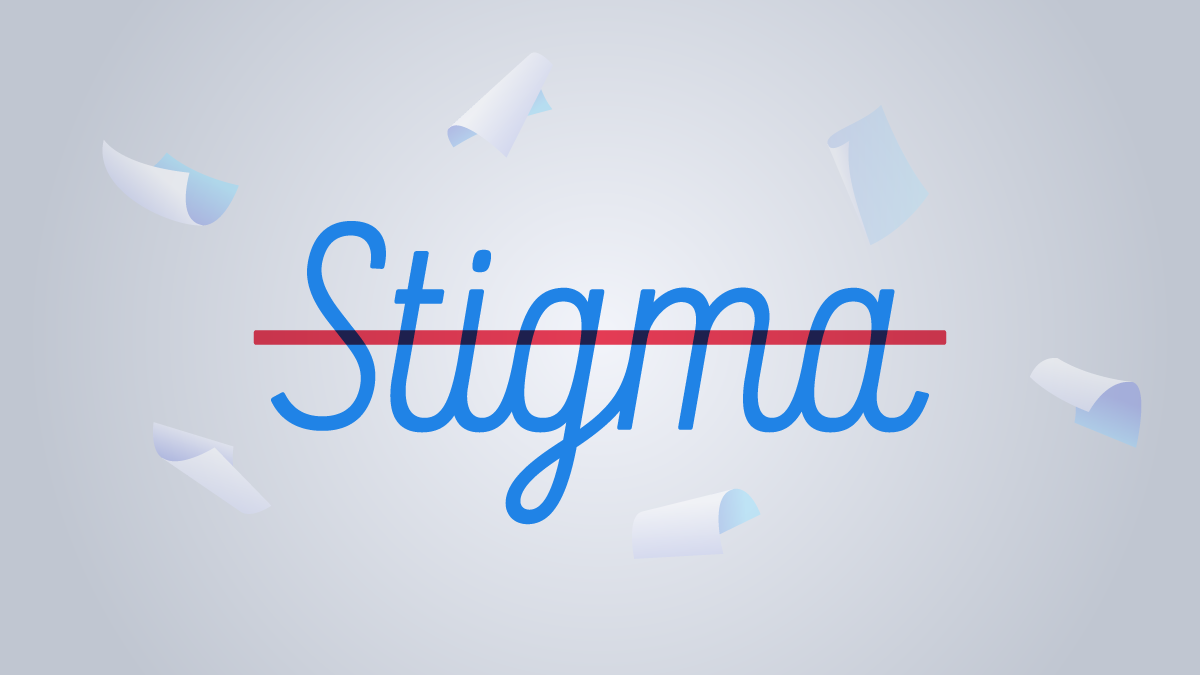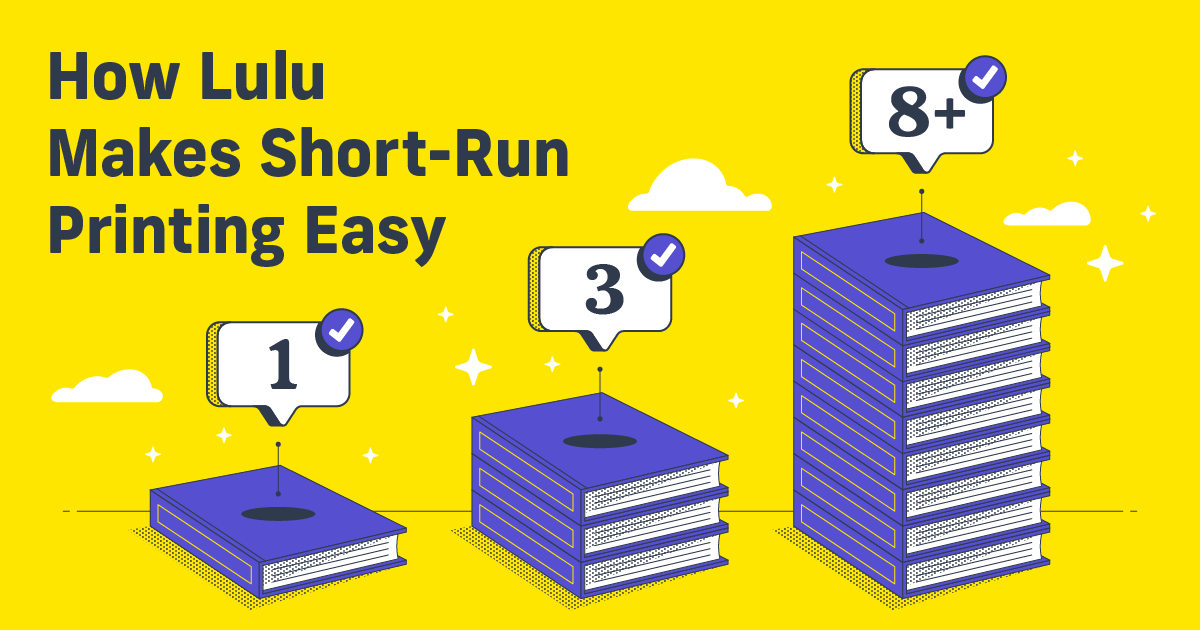Self-Publishing Stigma: Have We Overcome It Yet?
I often wonder about the state of our (seemingly) ever-present self-publishing stigma. Has it changed over the years? In what ways? And most importantly; has the publishing community overcome this nonsense yet?
For any author or aspiring author, the stigma of being ‘self-published’ is very real and a point that must be considered. Most importantly, the stigma that surrounds self-publishing seems to have (whether real or imagined) an impact on the way businesses and institutions regard a written work.
What Is the Self-Publishing Stigma?
The idea that self-published books are of lower quality has pervaded the industry for years.
There has been, since the earliest days of the print industry, a divide between the more expensive process of off-set printing and one-off or vanity printing. Off-set means printing thousands of copies at a go to be profitable, which means whoever put up that money has to be relatively sure those thousands of books will sell to make back their investment.
The off-set publishers, who we now think of as traditional publishers, have a vested interest in the quality and retail success of every book they agree to print.
Vanity publishing—which has largely been replaced by digital print-on-demand—offers authors a means to print books without the large upfront cost of an offset printer. And as digital technology improved, the options exploded.
And that’s how we’ve come to this point where such a divide exists between the self-published and the traditionally published; the stigma built on the idea that self-published work is inherently lower quality.
What Quality Means For Authors
Any look at the stigma surrounding self-publishing has to start with the question of quality. What does it mean to ‘produce a quality book’? Are we talking about the content? The editing? The page layout and design? Maybe quality is some obscure measure of all these factors.

The problem with measuring quality is the variables. For example, I picked up a copy of a Stephen King novel a few years ago and found numerous typos in the book. A couple of duplicated duplicated words. One instance of weird spacing that left a gap in the sentence. Typographical errors. Does that mean the book is of poor quality?
Another example; I saw on Goodreads that an old friend had marked Infinite Jest as ‘read.’ Excited, I sent a text to ask how they liked it. They did not. We had a great conversation about the pros and cons of the book. At the end of it, I thought it was basically brilliant and they thought it was 1000 pages of self-involved drivel. Does that mean that the content isn’t quality?
The point I’m getting at is that quality is and always has been relative.
Bias and Perception in Publishing
True digital self-publishing for mainstream audiences is less than 30 years old. In that short time, the major publishing houses have distanced themselves from amateur and independent authors based on quality.
It’s a hard argument to refute too. Since a large portion of self-published work is done entirely by the author, there is far less editing. Spelling errors, grammar mistakes, and poor syntax are bound to happen. We know it happens to professional writers too. It’s the army of editors working for the publisher that makes the difference.
What was often overlooked in the quality argument is that readers don’t actually care. They’ll read a self-published author if they enjoy the story. Yes, I think most can agree that a team of editors working with a talented storyteller can produce more timeless and important works. But publishing is a business. And the metric for success in the publishing business is, in the end, book sales.
The quality of the story can and often does outweigh the quality of the editing.
The stigma that self-published works are of lower quality emerges from the inherent bias of the existing traditional publishing industry. If anyone can publish anything today, what are the offices full of editors, typesetters, designers, and publicists doing? The value of a traditionally published book is in the gatekeeping; the process that perfects the manuscript and packages it for sale.

Create Your Book
Use Lulu's free templates to easily create and publish your book today.
Quality Versus Value
Traditional publishing has to market on the quality of their books, hoping that readers will trust the vetting process. The self-published author relies on connections. It is, as Dr. Alison Baverstock puts it, “The business model is … changing … from a scarcity model grounded in commercial principles” to an abundance model. One where readers can choose from a variety of stories and storytellers.
Quality might not be on par with traditional publishing for some or even most of the many self-published books produced every day. But for the readers, the value of what they read can out-weigh the importance of quality publishing.
In fact, what becomes clear is that writing and publishing are two distinct endeavors. It’s the point at which self-publishing enables writers to become publishers that spawn the stigma.

Your Free Lulu Account
Create a Lulu Account today to print and publish your book for readers all around the world
Writer, Publisher, Entrepreneur
One of my favorite almost-words is authorpreneur. I’m not sure who coined it, but it’s such a cool portmanteau of author and entrepreneur. And it encompasses the shift happening for independent authors; they are focusing on the publishing and marketing sides of authorship.
With the benefit of two solid decades of hindsight, the evolution of the independent publisher seems natural enough. It began as a low-budget free-for-all with no sense of scale or quality. Over the years, authors have learned the industry, learned the systems, and adapted. Those who want to publish without concern for commercial success can still do so; those who aim for a career in selling their work can too.
Self-publishing is big enough to contain all kinds of authors.
The stigma that has lingered for too long is that all self-published authors fit into one category: poorly written, poorly edited, poorly designed work done mostly for fun by the author.
Obviously, we know now that plenty of independent authors also produce high-quality books. And that a number of self-published authors make a living without the assistance of a publishing house.
The Fading Self-Publishing Stigma
In 2020 the publishing industry is friendlier than ever before to self-publishing. The success of well-known authors like E.L. James, Amanda Hocking, and Andy Weir helps diminish the stigma that every independent author is a hack. We’re in a place where self-published books can easily be mistaken for something churned out by a major publishing house.
The self-publishing stigma isn’t gone. But it’s fading. Which is a good thing. If nothing else, we’ve learned that readers will consume a wild variety of books and that there is a place for every single kind of author out there.




